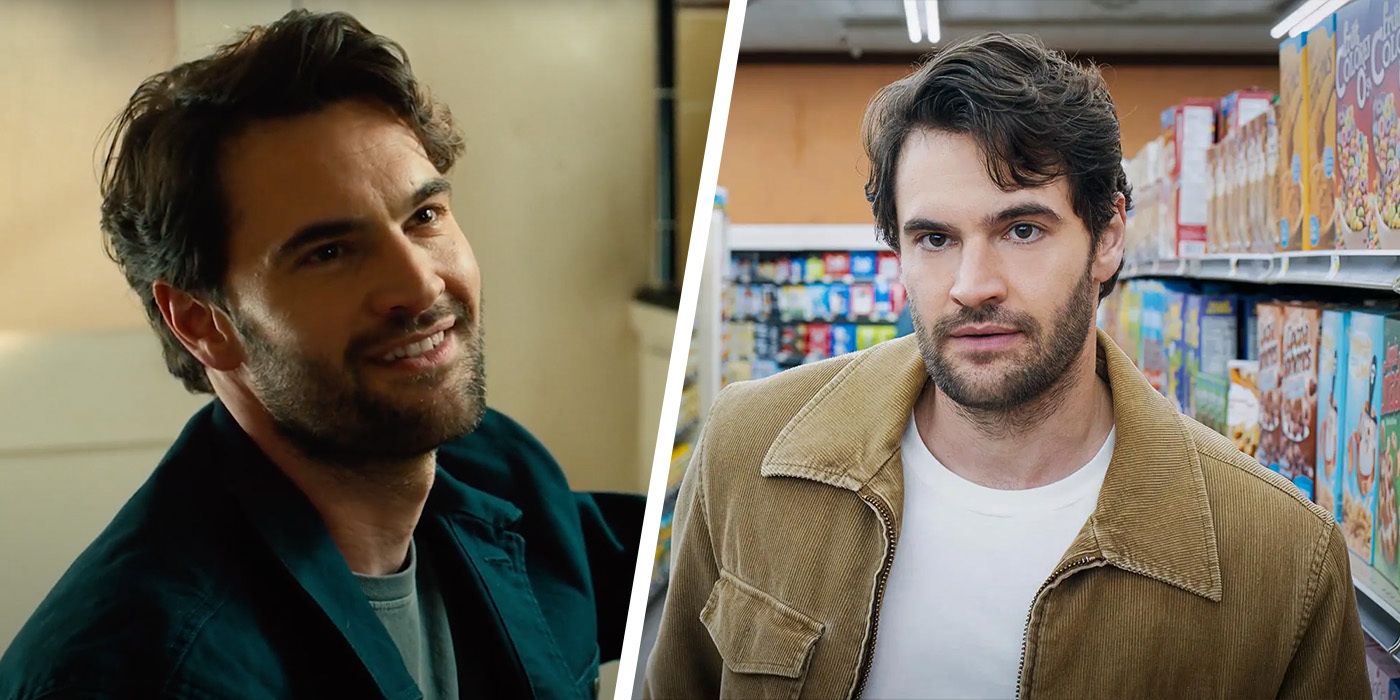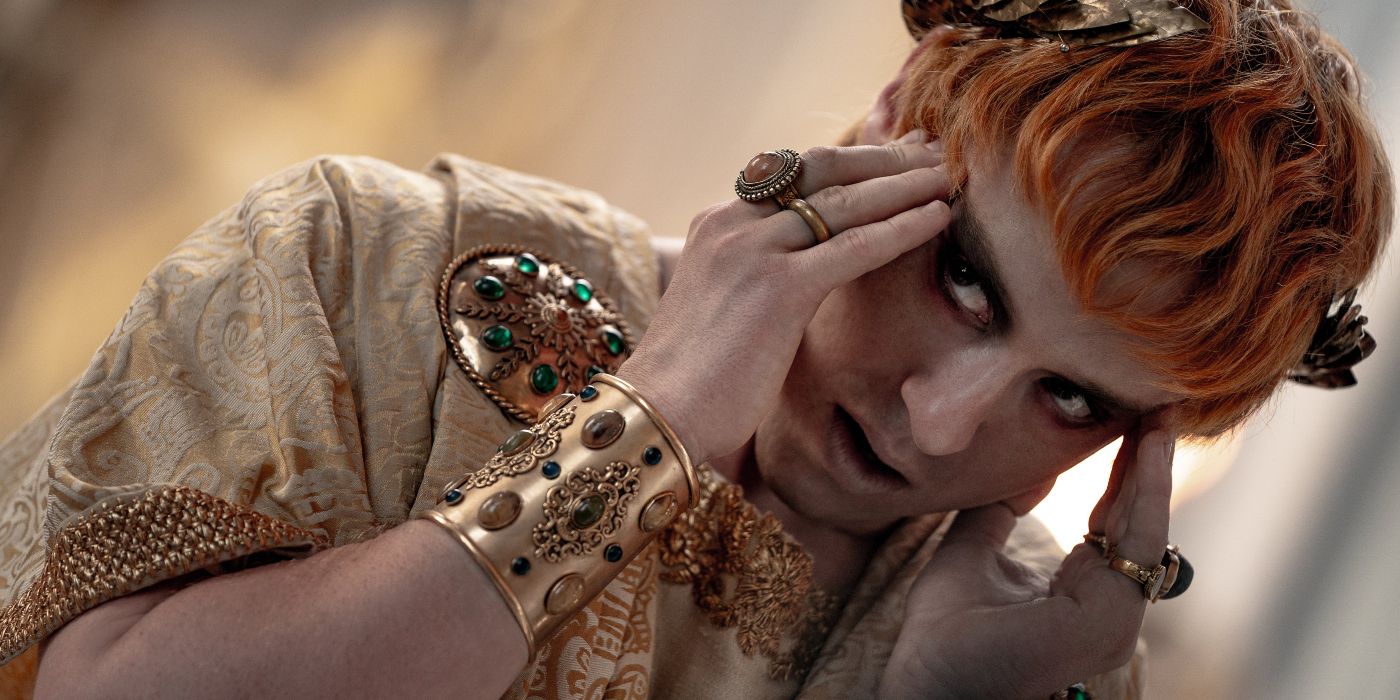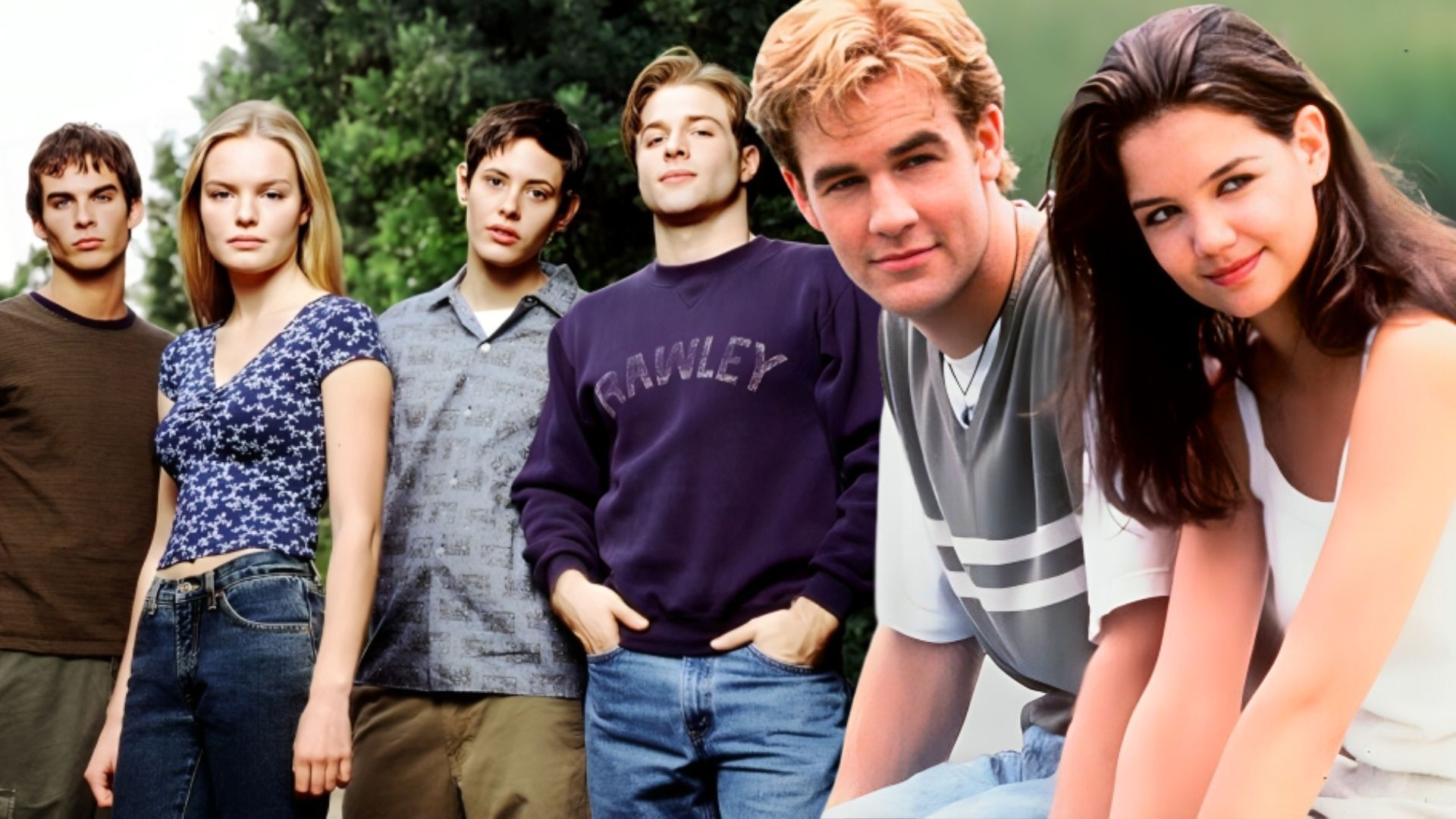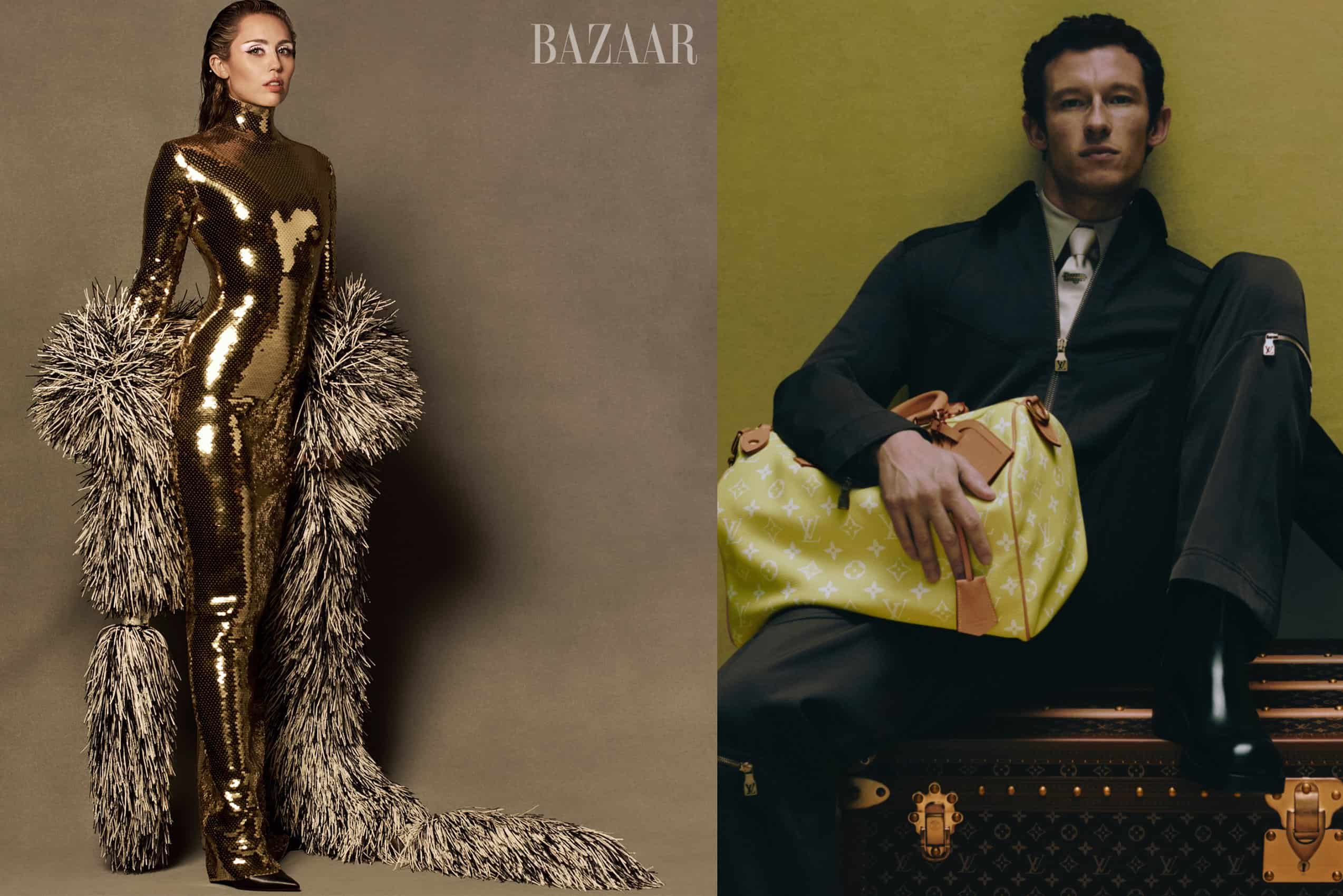Mexican director Eugenio Polgovsky’s documentary “Malintzin 17” was completed following his untimely death by his sister Maya Polgovsky, from material originally shot in 2016. This touching chronicle covers the brief period of time in which a pigeon is observed sitting on her nest atop a utility pole while the filmmaker and his little daughter Mile hang out an apartment window to check the bird’s daily progress. Childish conversation, curious and wildly imaginative marks the tender course of the parent-child relationship until the day the nest is empty. The landscape, from the street-level movements of pedestrians, delivery trucks, and dog-walkers to the lightning-lit rooftops in a thunderstorm, is shot with a gently roving camera that evokes a lingering sense of nostalgia for the passing of time.
IFFR’s sidebar focus on the work of American avant-garde filmmaker Amanda Kramer launched with the world premiere of her psychodrama/musical “Please Baby Please” as the festival’s opening night feature presentation. Kramer’s second 2022-release feature, the candy-colored “Give Me Pity!,” featuring performer Sissy St. Claire, also had its world premiere as part of the eight-film retrospective. Artifice and intensely stylized performance characterize Kramer’s kinetic style.
“Please Baby Please” opens with neon-lit mayhem in a fog-shrouded alley, where members of the leather-jacketed motorcycle gang, the Young Gents, execute a brutal attack on a man and a woman. Observed from a distance by another couple, Arthur (Harry Melling) and his wife Suze (Andrea Riseborough), the incident proves to be an electrifying catalyst in their relationship. These newlyweds are about to tumble down a rabbit hole where gender is up for grabs, and sexuality exists in an amorphous space between the wicked macho allure of the Young Gents and the traditional male-female roles of marriage.
Kramer constructs a cardboard dream world, heavy on saturated color, stylized movement, faux violence, and characters with an aggressively stagey presentation. This is no “West Side Story,” despite the dance moves and the choreographed gang wars, nor is it an homage to the Fifties, despite the film’s gleeful evocation of the style and sleazy glam of the era.
After the film’s energetically raw opening, eye-popping in its choreography, Arthur and Suze and their neighbors (including a vampy Demi Moore in zebra-print coat and coral jumpsuit), hole up in a Manhattan apartment complex decorated in lurid hues to perform dance numbers rife with sexual innuendo and exchange arch, rapid-fire musings proclaiming the film’s undercurrent of gender-centered theoretical dialogue in darkly glittering disguise. In an atmosphere poised between threat and violence, Arthur and Suze explore forbidden desires and potential transformations.
You can view the original article HERE.





























